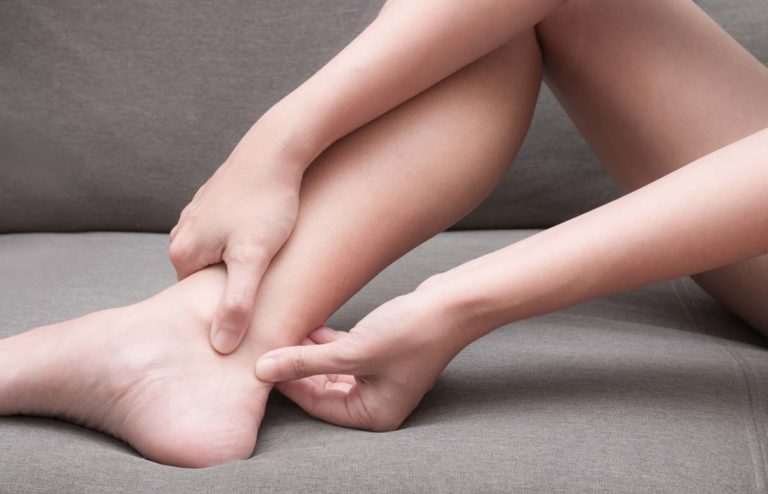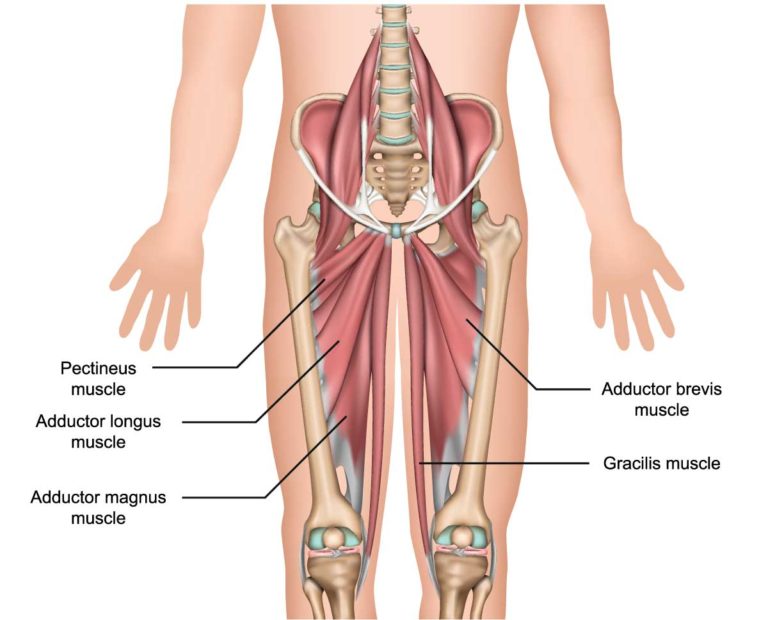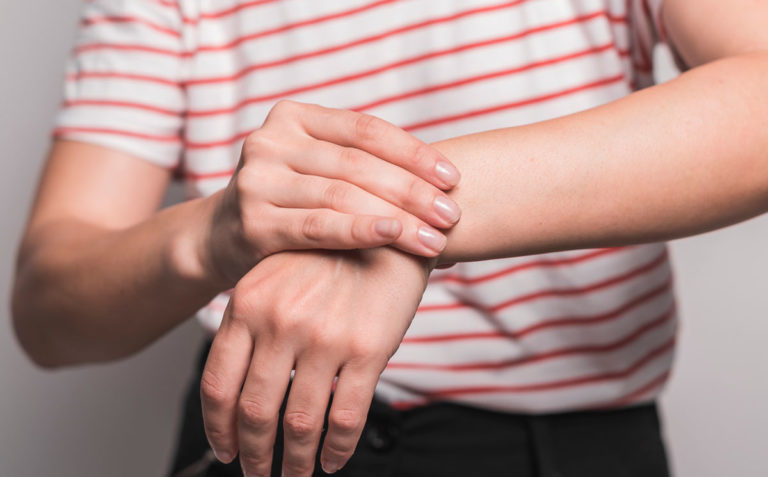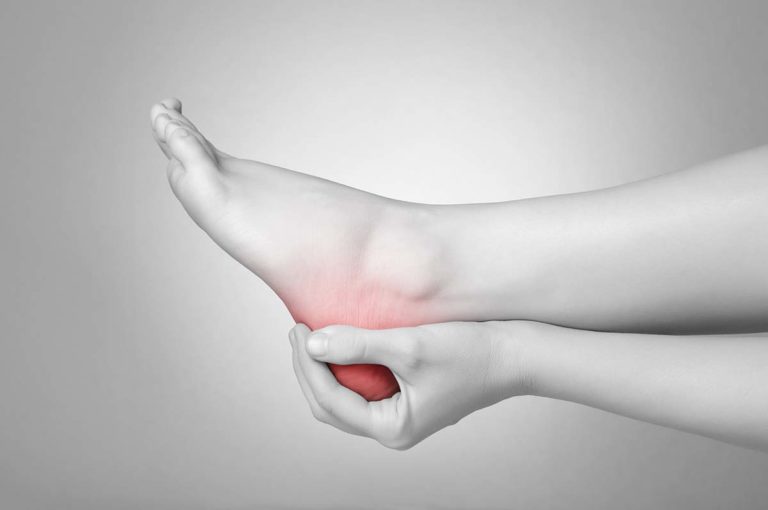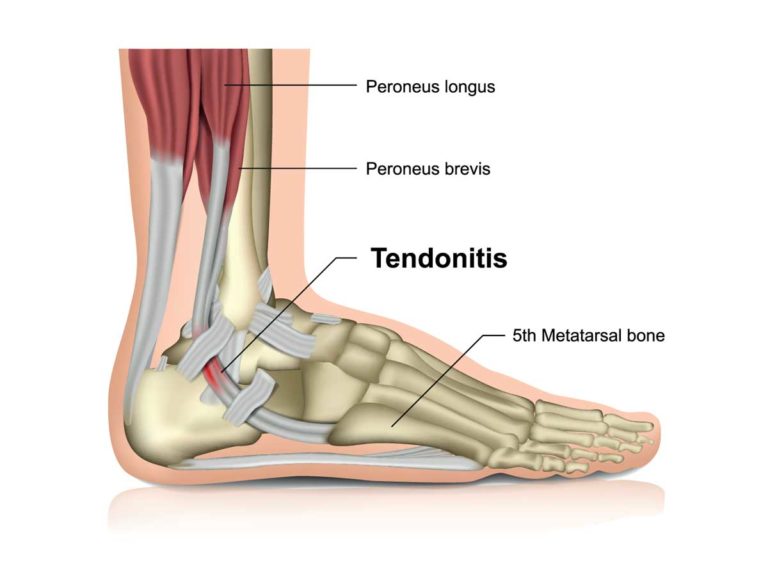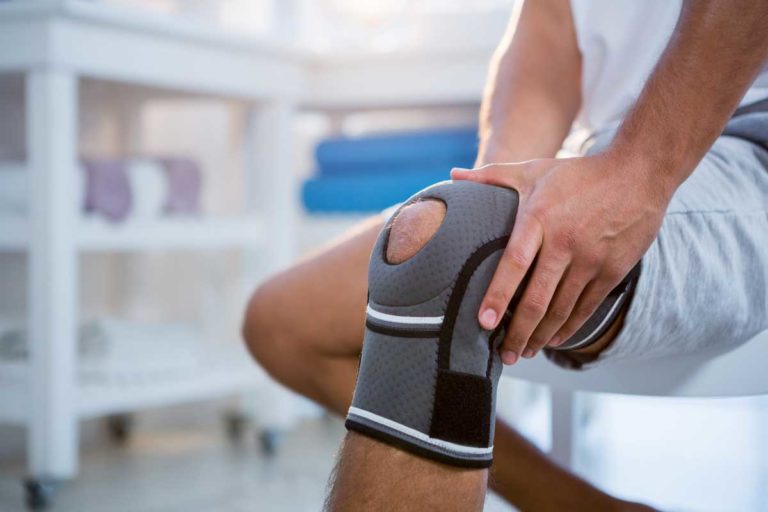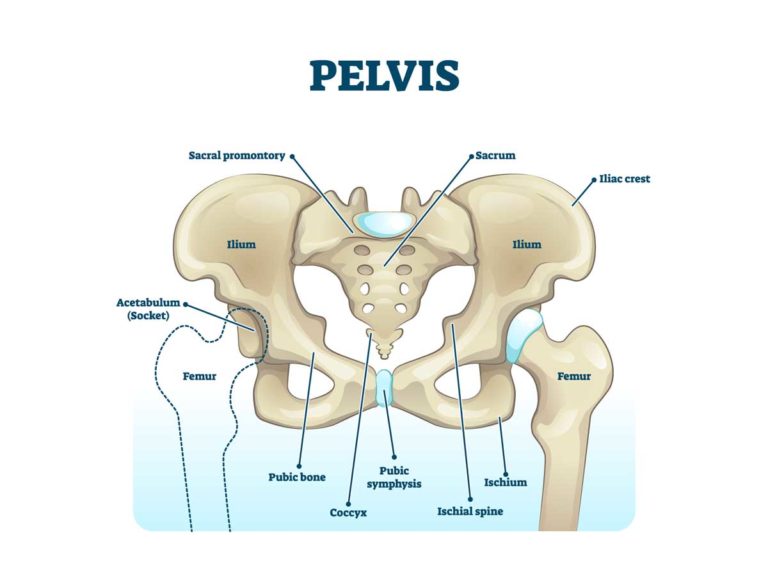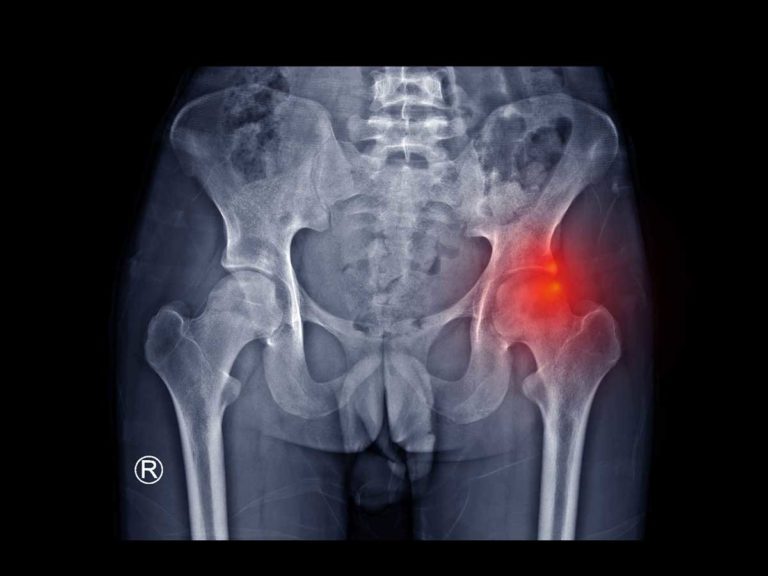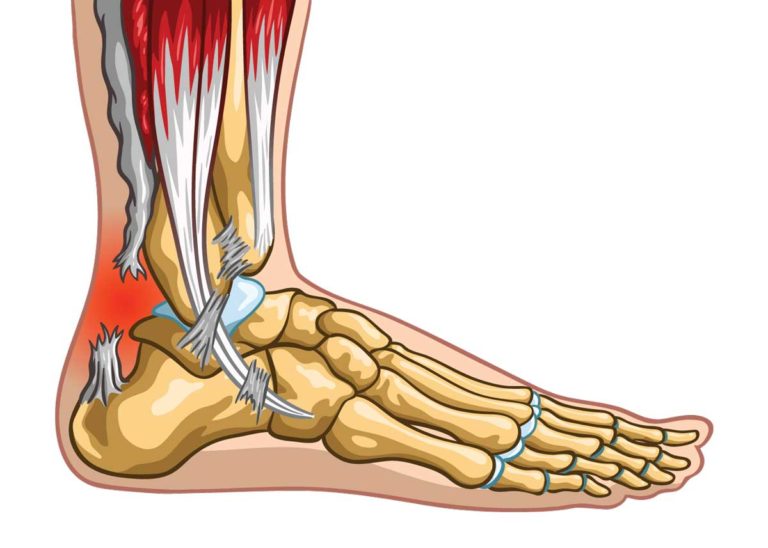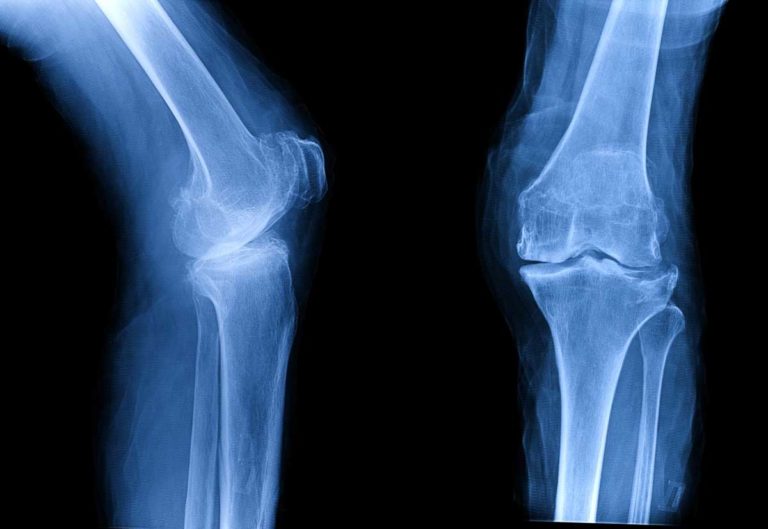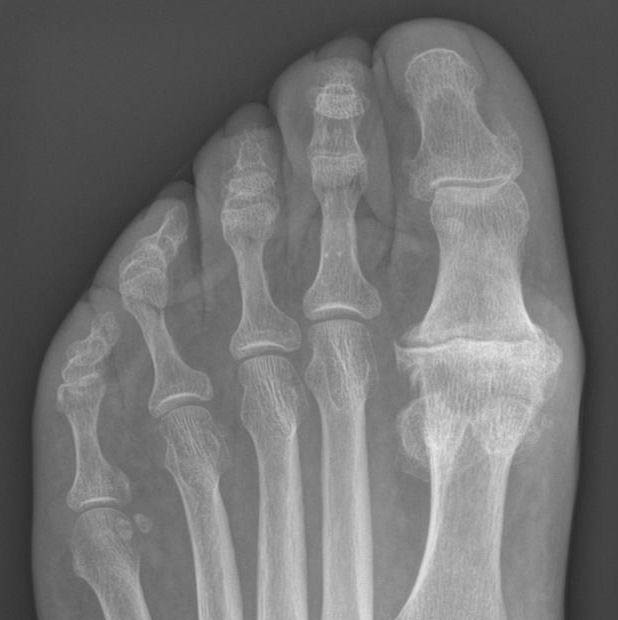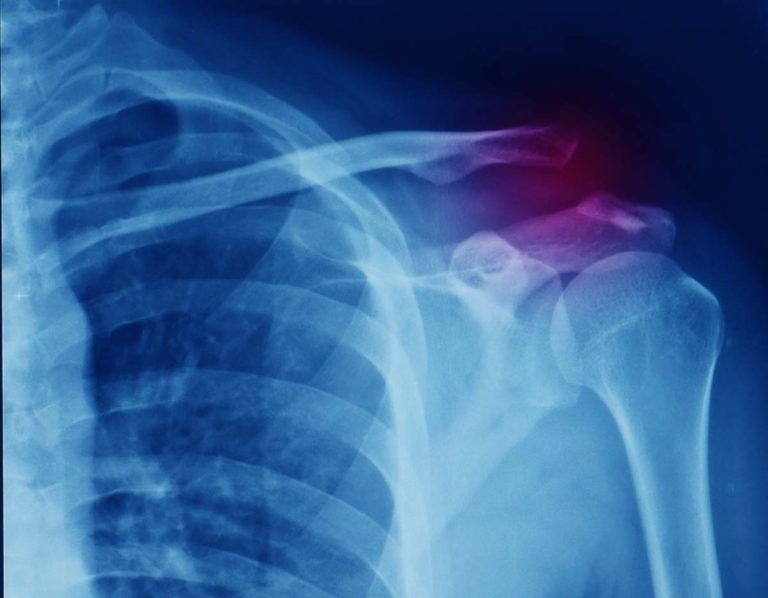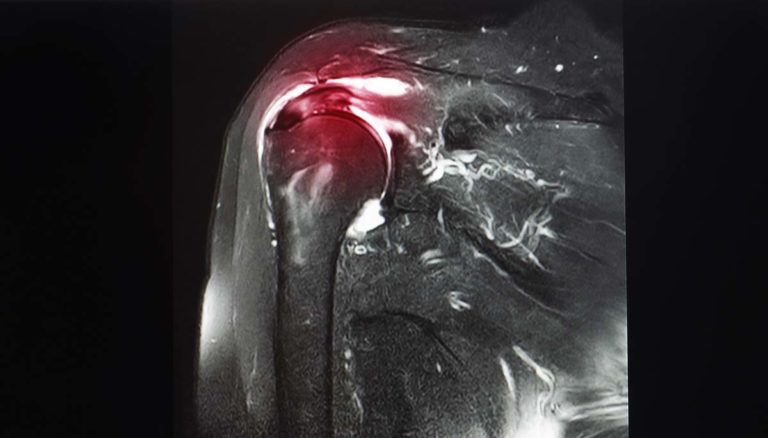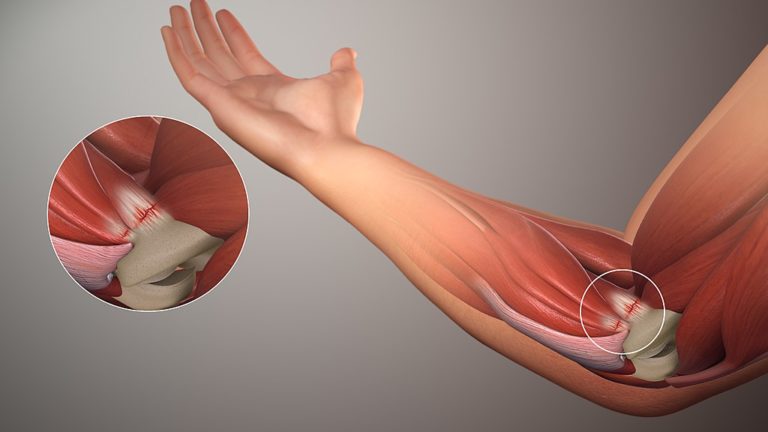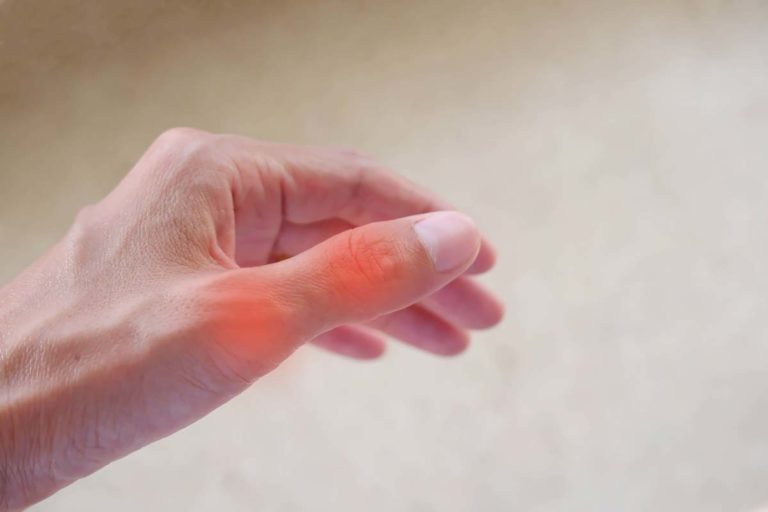Platelet Rich Plasma (PRP) Injections
What is it?
Platelet-Rich-Plasma (PRP) is produced from your own blood and contains platelets and proteins that are believed to be important in promoting healing within tissue. There are various separations that have been produced, some with white blood cells, others without, some with platelets- and some without! The various preparations are believed to be effective for different problems.
What does it involve?
PRP is usually prepared by taking a sample of your blood and spinning it in a centrifuge to separate the plasma from the red blood cells. The plasma and platelets are then collected in a syringe for injection into the area needing treatment. Depending on the system in use, the whole collection, separation and injection can take about 30 minutes.
What can be treated?
Different problems can be treated with a PRP injection, including
- Tendinopathy with tearing within the substance of the tendon (shoulder, knee, hip etc)
- Mild to moderate degenerative (wear-and-tear) joint disease (particularly weight bearing and can be useful for pain management)
- Plantar fasciitis with degenerative tears
What are the benefits, risks, and side effects?
Benefits include reduction of pain and an improvement in function.
Risks include those common to all injections which are infection, pain and bleeding at the injection site.
Common side effects include a temporary flare of the pain (typically 48-72 hours), swelling to the area and stiffness. If injected into a ligament or tendon, and it is loaded without being rested, there is a risk that it could tear completely.
What do I need to do afterwards?
It is important to offload the injection site and rest from activities for a period of time. The time frame may vary according to where the injection was performed and for what reason. For injections into tendons or the plantar fascia, a more protracted offloading may be required, particularly with repeat injections.
What are the common misconceptions?
PRP has been used for many different things and while it is helpful in certain musculoskeletal and sports injuries, the various other applications have given it a less favourable reputation. To optimise delivery, PRP injections should be undertaken using ultrasound guidance and needs to be done in conjunction with a well devised rehabilitation program.
